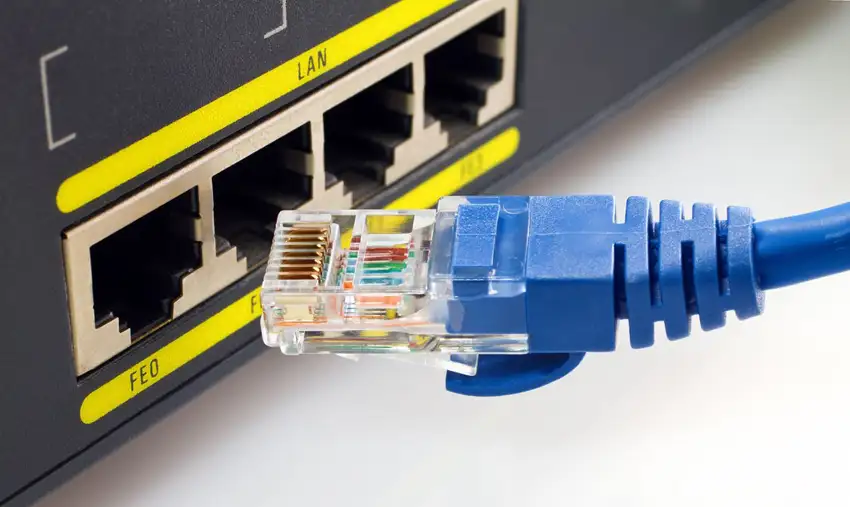Seeking NVR troubleshooting tips is crucial in the realm of network video recorders (NVRs), especially when encountering various issues on-the-go. Troubleshooting NVR problems can be compared to embarking on an adventurous journey, where knowledge and expertise serve as essential tools.
By delving into common issues encountered with NVRs, offering quick troubleshooting steps, providing tips for resolving connectivity issues, addressing playback and recording problems, and exploring advanced techniques for troubleshooting, this comprehensive guide aims to equip readers with the necessary skills to navigate the complex terrain of NVR troubleshooting effectively.
Common NVR Issues and How to Fix Them
Common NVR issues can arise during surveillance system operation, requiring effective troubleshooting techniques for resolution. One common issue is the power supply problem. When troubleshooting NVR power supply issues, it is important to check the power source and ensure it is functioning properly. Additionally, inspecting the power cable for any damage or loose connections is crucial. If necessary, replacing the power supply unit may be required.
Another common issue that might occur is camera connection problems. Troubleshooting NVR camera connection problems involves checking the network settings and verifying that the cameras are properly connected to the NVR’s ports. It is also essential to confirm that the IP addresses of both devices are correctly assigned and that there are no IP conflicts.
Quick Troubleshooting Steps for NVR Problems
In the realm of troubleshooting NVR problems, it is crucial to be well-versed in quick and effective steps that can be taken to address these issues promptly. When encountering NVR connection errors, several troubleshooting measures can be implemented.
Firstly, checking the physical connections between the NVR and the network devices is essential. Ensuring that all cables are securely connected and not damaged is vital for establishing a stable connection.
Additionally, verifying the network settings on both the NVR and the router can help identify any configuration discrepancies that might hinder connectivity.
On the other hand, when troubleshooting NVR camera issues, it is advisable to inspect power supply connections and ensure cameras are receiving adequate power.
Furthermore, checking camera settings in the software interface and adjusting them as necessary may resolve certain camera-related problems.

Tips for Resolving NVR Connectivity Issues
To effectively resolve NVR connectivity issues, it is important to thoroughly examine and troubleshoot the physical connections between the NVR and the network devices.
Troubleshooting NVR connectivity issues involves checking the Ethernet cables for any damage or loose connections. Ensure that all cables are securely plugged into their respective ports on both the NVR and network devices.
Additionally, verify that the network devices are powered on and functioning properly.
If there are still connectivity problems, it may be necessary to power cycle the NVR and network devices by turning them off, waiting for a few seconds, and then turning them back on. This can help refresh the network connection and resolve any temporary glitches.
Solving NVR Playback and Recording Problems
One effective approach to solving NVR playback and recording problems is to check for any software updates or firmware upgrades that may be available for the NVR system. Software updates can address bugs and glitches that may be causing issues with playback and recording. Firmware upgrades, on the other hand, can improve the overall performance and stability of the NVR system.
Additionally, it is important to ensure that the NVR system meets the recommended specifications for smooth playback and recording. Insufficient hardware resources, such as insufficient RAM or processor power, can result in poor performance.
Troubleshooting steps may include checking network connectivity, verifying video settings, ensuring sufficient storage space on the NVR system, and reviewing camera configurations.
Advanced Techniques for NVR Troubleshooting
Advanced techniques for troubleshooting NVR systems involve:
- Conducting a thorough analysis of network connectivity
- Reviewing system logs
- Utilizing diagnostic tools to identify and resolve underlying issues
For remote access troubleshooting in NVR systems, it is essential to:
- Ensure that the network connection is stable and properly configured
- Check the router settings
- Verify port forwarding rules
- Confirm that adequate bandwidth is available for remote viewing
Advanced troubleshooting methods are required to address video quality issues in NVR systems. This may include:
- Adjusting camera settings such as resolution and frame rate
- Optimizing network bandwidth allocation
- Examining the performance of the video encoding process
Diagnostic tools like packet sniffers can also be used to:
- Analyze network traffic
- Identify potential bottlenecks affecting video quality
Overall, employing these advanced techniques can help resolve complex problems encountered in NVR systems efficiently.
Conclusion
The world of NVR troubleshooting can be a daunting one, but fear not, for this adventurer’s guide has provided you with the tools to conquer any issue that may arise.
From common problems like connectivity issues to more complex playback and recording glitches, these quick troubleshooting steps will set you on the path to success.
And remember, just as an explorer uses their compass to navigate uncharted territory, so too can you rely on advanced techniques to unravel even the most perplexing NVR mysteries.
So grab your metaphorical machete and venture forth into the realm of NVR troubleshooting!
You may also like to read:
Remodel Kitchen For The Adventure-Loving Food Enthusiast


